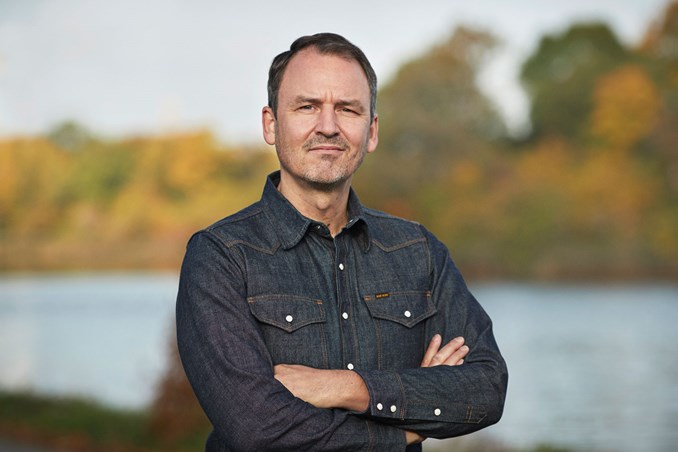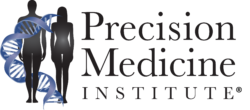“Don’t underestimate the importance of aligning the interests of different stakeholders,” says the CTO of the Danish National Genome Center. Here are his tips for getting alignment on shared goals
Hospital and health system leaders seeking to start or accelerate a precision medicine initiative may do well to heed the advice of Peter Løngreen: “Don’t underestimate the importance of aligning the interests of different stakeholders,” he explained recently in an interview posted on the McKinsey and Company Healthcare Systems and Services website. “There’s a mix of political and technical challenges, and normally they don’t go too well together…. In this kind of effort, there will be a lot of public scrutiny and political attention.”
Løngreen was speaking in his capacity as the Chief Technology Officer of the Danish National Genome Center, a new Danish government agency charged with laying the foundation for the development of improved diagnostics and targeted treatments via whole-genome sequencing. Founded in 2018, the National Genome Center is Denmark’s equivalent of the All of Us initiative in the United States.
Of course Denmark’s nationwide government precision medicine initiative and the challenges faced by hospitals and health systems seeking to make inroads into personalized medicine are not identical to what we see in the US. Still, they share enough similarities to make Løngreen’s advice extremely pertinent for US hospital and health system executives. For instance, consider Løngreen’s approach to management, particularly when physicians are a part of the team.

Peter Løngreen (above) is CTO of the Danish National Genome Center, where an effort similar to the All of Us Research Program is underway. In an interview with McKinsey and Company, Løngreen explains the challenges of aligning healthcare and IT professionals in advancing personalized medicine. (Photo copyright: Danish National Genome Center.)
“My background is in IT, so I have a ‘trial and error’ approach,” he explained in the McKinsey and Company interview. “When you develop software, early versions can be bad-but there’s a reason for that. If you spend too much time trying to make the perfect system, you end up in a situation where others will outcompete you and overtake you. But this modus operandi is different from how physicians work; they prize exactness and certainty. That goes for bioinformatics as well. So, we have three or four different kinds of professionals with different mind-sets, who need to be aligned…. We have been vocal with everyone about the need for alignment on our shared goals.”
Løngreen addressed other aspects of precision medicine that the Precision Medicine Institute has covered before, including:
- Making sure the data is eventually used in practice. In a video, the Danish National Genome Center touts its biggest project, a supercomputer that will include data collected from patients across the country. To give the lay public perspective, the video notes that “the data of all the genes of just one patient takes up between 100 and 200 gigabytes of storage. If that was all printed out and stacked, it would be the height of the famous landmark Copenhagen The Round Tower.” Most important to Løngreen is making sure physicians use the data, and he admits this is something he and his group are still working on. “The final part of the data challenge has been making it easy for doctors and physicians who don’t have an IT background to work with these kinds of data, given the complexities that I described. We are continuing to work on this part of the challenge.” Precision Medicine Institute addressed this challenge in our white paper, Setting the Foundation for a Best-in-Class Precision Medicine Program, as well as in the article, Answer These Questions Before Embarking on a Precision Medicine Journey.
- Ensuring citizens that their data will be protected and private. Løngreen explained that design principles for the Danish initiative focus on security, rather than performance. “We are putting in place a number of measures so that the public can trust the infrastructure and be confident that the data are not used for purposes not authorized by law.” We’ve posted two articles recently on data privacy: Considering a Precision Medicine Data Storage Partnership? Beware of Privacy Pitfalls and Deeper Dive into Google’s Data Deals with Health Systems Underscores the Importance of Transparency.
- Working with more than just genomic data. The Danish National Genome Center has the ability to work with other types of data, not just genomics. As Løngreen pointed out, “Genomics is not self-explanatory.” He points to Denmark’s strong commitment to life sciences that the genome center has been able to build upon. PMI recently emphasized the importance of blending population health and genomic data to improve outcomes.
-Dean Celia
Related Information:
Big, bigger, biggest data: CTO Peter Løngreen on Denmark’s national genome project
Setting the Foundation for a Best-in-Class Precision Medicine Program
Answer These Questions Before Embarking on a Precision Medicine Journey.
Considering a Precision Medicine Data Storage Partnership? Beware of Privacy Pitfalls
Deeper Dive into Google’s Data Deals with Health Systems Underscores the Importance of Transparency.
